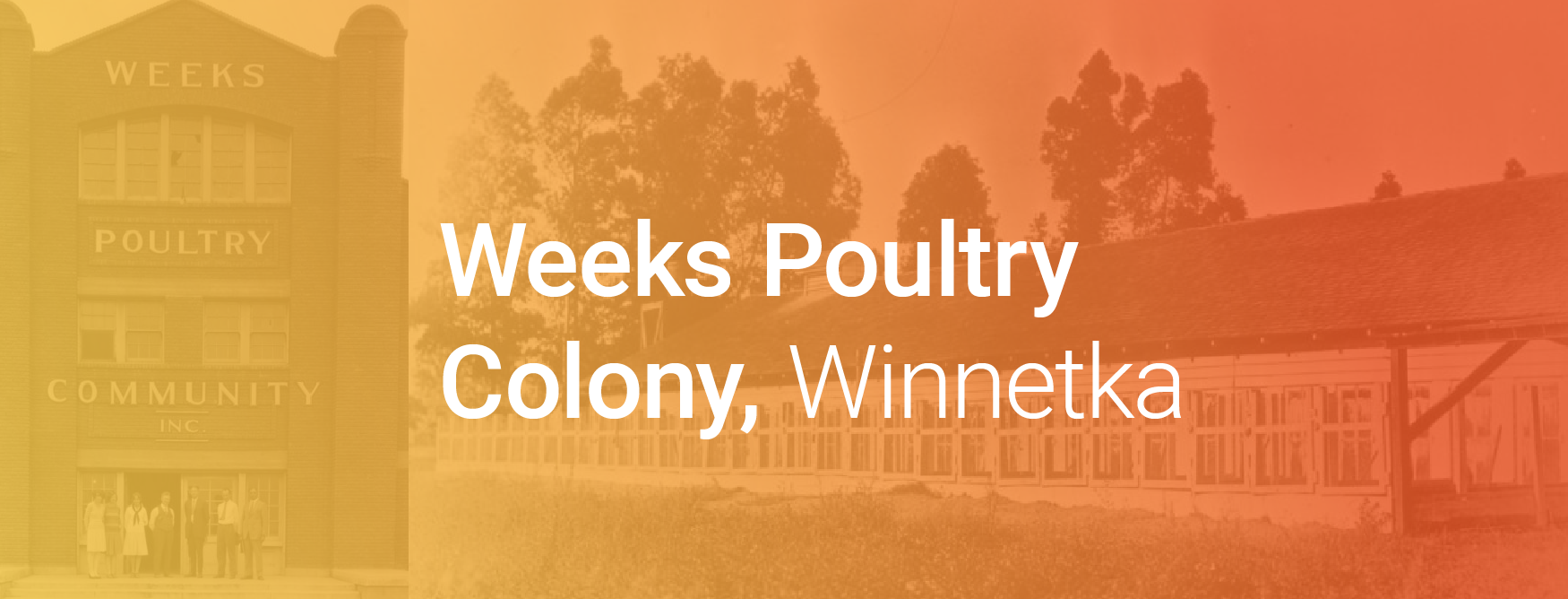
#OurLA
At a time when Angelenos are significantly confined to our homes, LA City Planning’s Office of Historic Resources has created a series of blogs called #OurLA to keep us connected to one another and to the places and neighborhoods that make Los Angeles special. This series highlights lesser-known historic buildings and historic places across the city – including places that help build community and connection. We’ll also be offering links to where you can learn more about related historic places and themes that have helped to define Los Angeles.
The remaining remnants of the Weeks Poultry Colony in the West San Fernando Valley community of Winnetka help tell the story of some of the earliest 20th century agricultural history of the San Fernando Valley.
The Weeks Poultry Colony was the vision of Charles Weeks, whose path to the West San Fernando Valley began in Indiana, where he learned agriculture while growing up on a farm. He established his first Weeks Poultry Colony, also known as Runnymede, on land near his own Palo Alto farm in 1916. Weeks had previously developed new methods of raising poultry, pioneering the concentration of poultry into coops, which allowed poultry farms to be established on more compact properties.
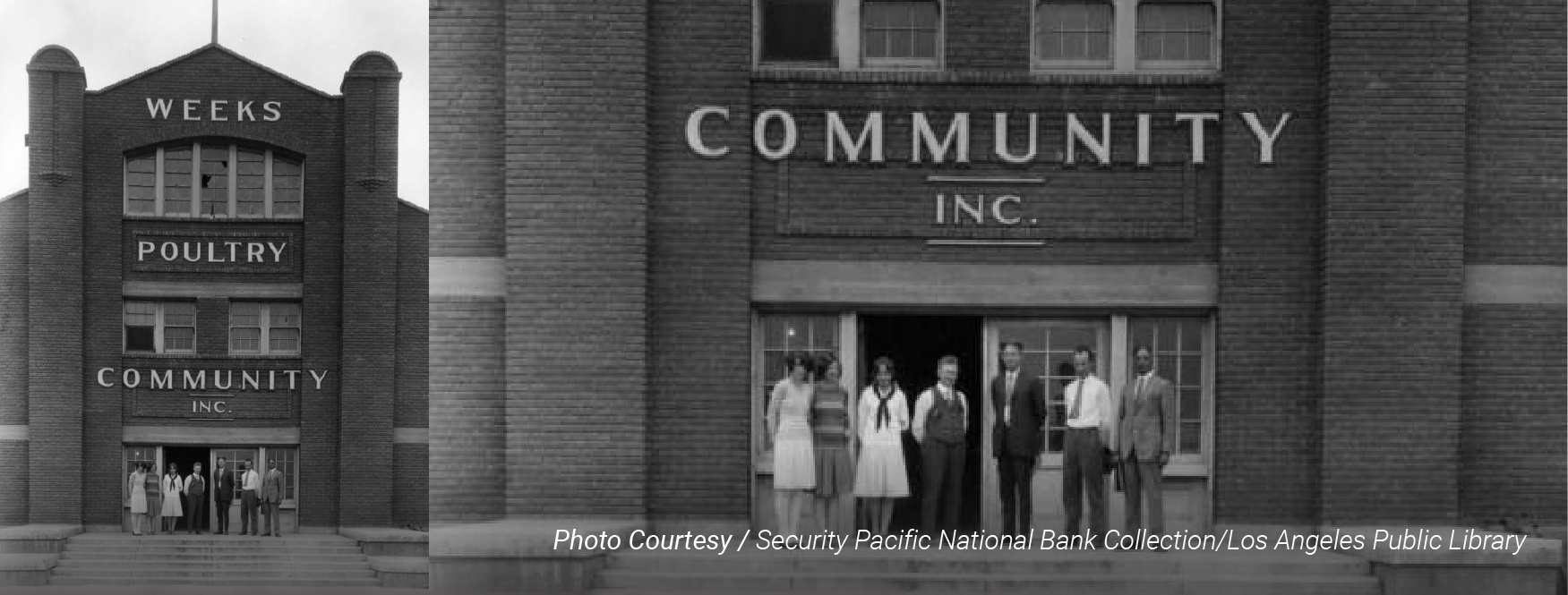
Weeks had also been influenced by socialist utopian William E. Smythe, who had also founded the “Little Landers” utopian community in Tujunga beginning in 1913. Smythe believed in the potential of independently owned small farming communities, which could use shared technologies, facilities, and marketing. Weeks embraced Smythe’s vision and adapted it in Northern California, with his own motto of “One Acre and Independence,” reflecting an intent that individual homeowner/farmers could each make a living on small plots of land.
The Runnymede community grew quickly, expanding to 400 families by 1922 and then peaking at over 1,000 by the mid-1920s, thanks in part to widespread promotion through his monthly magazine, Intensive Little Farm.
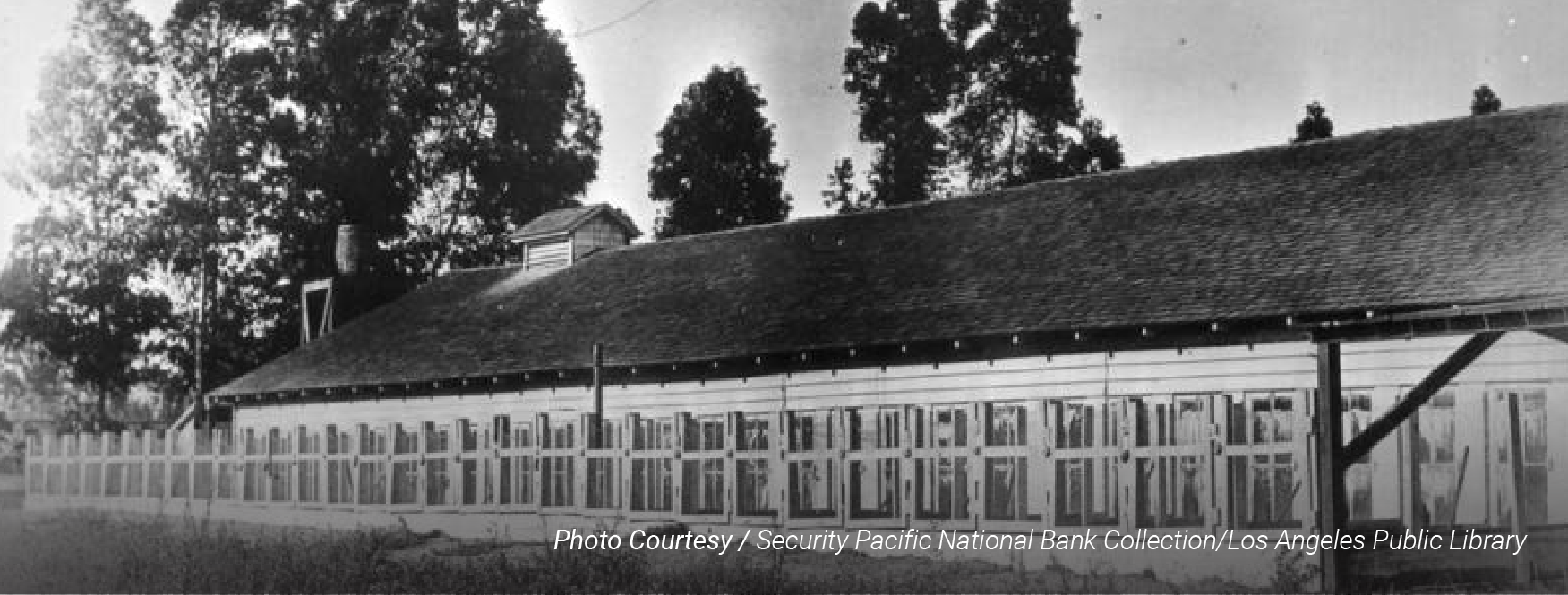
Responding to an invitation from the Los Angeles Chamber of Commerce to replicate his experiment in Southern California, Weeks moved to the West San Fernando Valley, near the community of Owensmouth (today’s Canoga Park), and created a new community, named Winnetka, in 1922. The Los Angeles Aqueduct had opened several years before, bringing an ample supply of water to the Valley and Los Angeles, making widespread agriculture possible.
By the mid-1920s, nearly 500 families had paid $1,500 for their one-acre of Valley independence. The Colony sold their eggs through a shared Poultrymen’s Association and created new local institutions, including a community center that hosted cultural and social events. However, the Great Depression significantly affected both of Weeks’ communities and by 1932, most of the farms were bankrupted. Weeks himself moved to Florida, where he would live until his death in 1964. And after the Depression and World War II, most of Winnetka developed with new subdivisions of single-family homes.
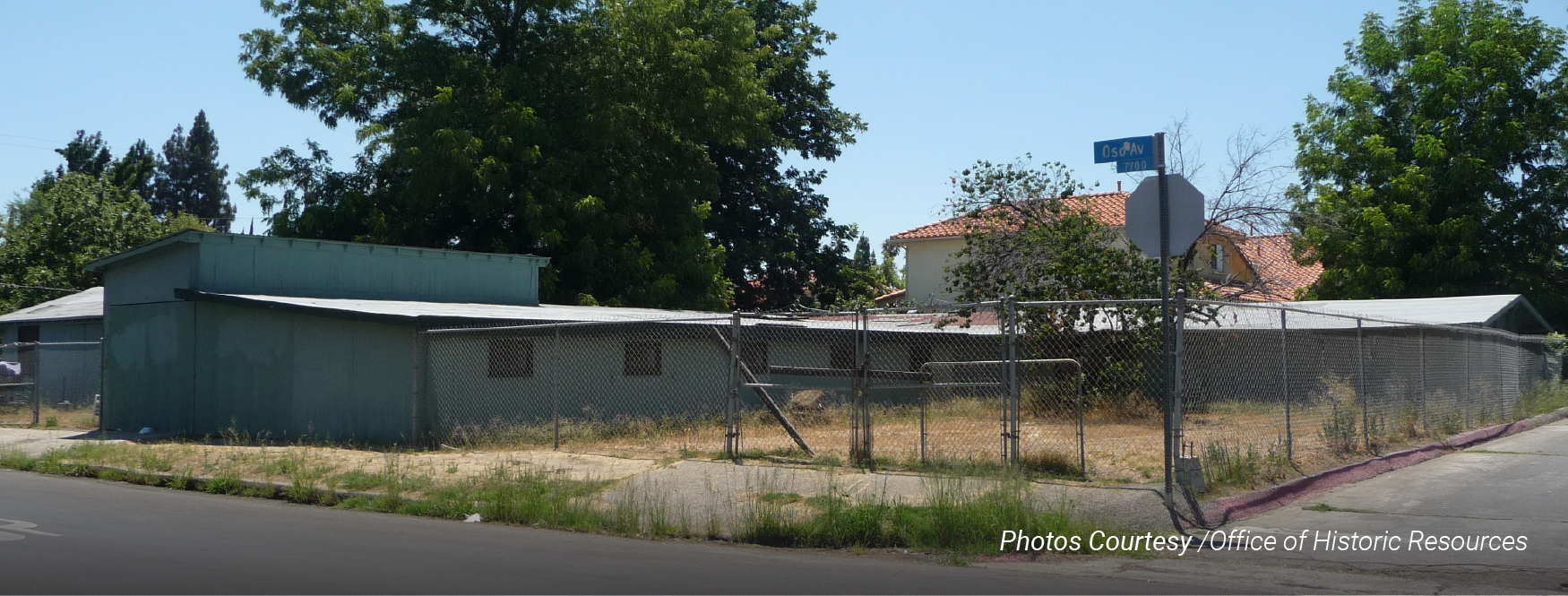
SurveyLA, the citywide survey of historic resources spearheaded by LA City Planning’s Office of Historic Resources, helped bring attention to this often-overlooked history, identifying several properties that still had remaining ranch houses or chicken coops, such as the property at 20303 Stagg St. Though none of these properties yet have formal historic designation, they appear eligible for designation for their significance in reflecting the Valley’s agricultural legacy – and a bold utopian vision.
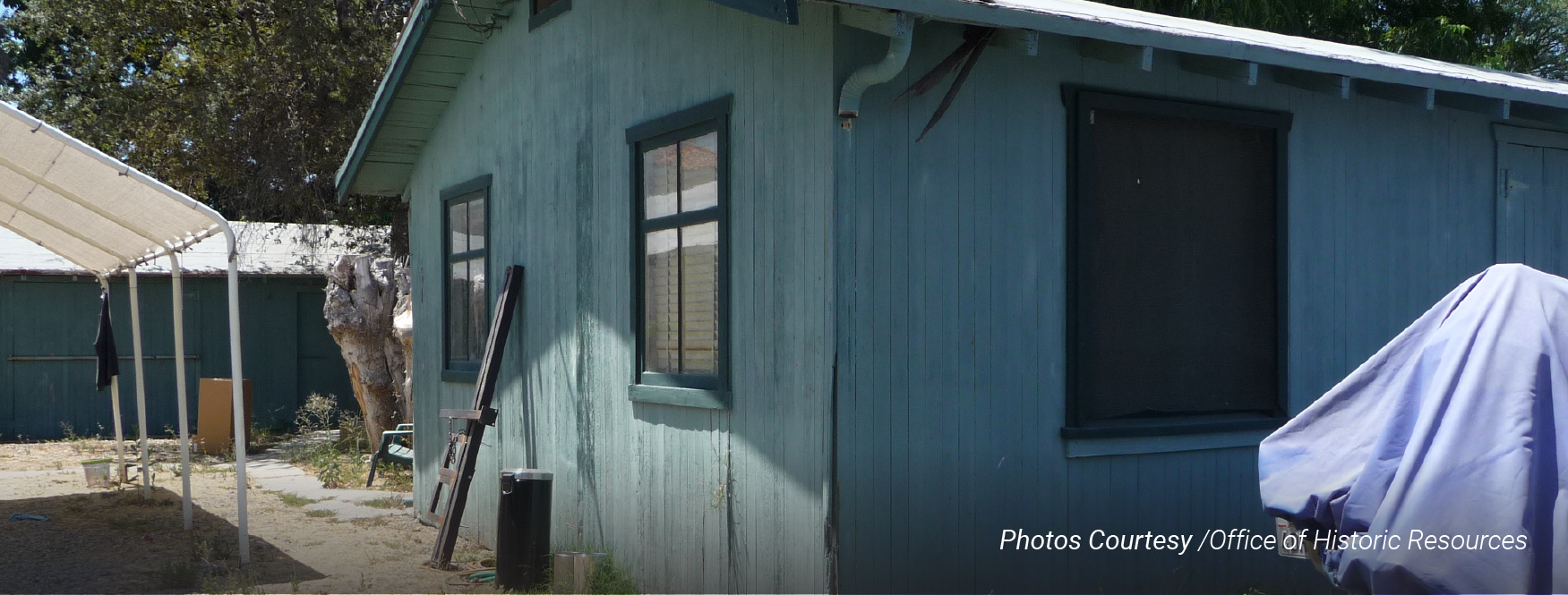
For a Deeper Dive at Home:
The remnants of the Weeks Poultry Colony still visible in Winnetka and adjacent communities which were identified through SurveyLA are all included in HistoricPlacesLA, the citywide inventory of historic resources. Here is a pre-populated search that yields reports for each of these properties.
The Office of Historic Resources developed a preservation framework for understanding the early agricultural roots of the San Fernando Valley and Los Angeles in SurveyLA’s historic context statement on Los Angeles Industrial Development, 1850-1980, which includes a narrative section on the Weeks Poultry Colony: https://planning.lacity.gov/odocument/ad40500b-cf5a-436e-8c80-a81606544c01/IndustrialDevelopment_1850-1980.pdf